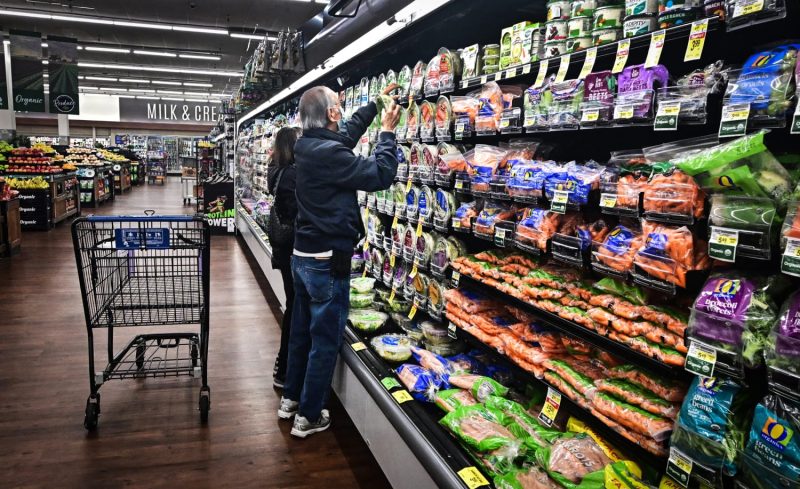In recent years, rising grocery prices have become a growing concern for consumers around the world. From fruits and vegetables to dairy and meats, the cost of putting food on the table seems to be continually increasing. Understanding why groceries are so expensive and exploring ways in which consumers may start to see relief is crucial to navigating the current economic landscape.
Reasons Behind Expensive Groceries
Several factors contribute to the high cost of groceries. One significant reason is the impact of climate change on agriculture. Extreme weather events, such as droughts, floods, and hurricanes, have become more frequent in recent years, disrupting crop yields and leading to shortages in supply. These disruptions can result in higher prices for products like grains, fruits, and vegetables, as farmers struggle to meet demand.
Another key factor driving up grocery prices is the increasing cost of transportation and distribution. As fuel prices rise, so do the expenses associated with transporting goods from farms to stores. Additionally, the global supply chain has been strained by the COVID-19 pandemic, causing delays and inefficiencies that have a ripple effect on prices.
Furthermore, the consolidation of the food industry has played a role in the rising cost of groceries. A few major corporations now dominate the market, allowing them to influence pricing and squeeze out smaller producers. This lack of competition can lead to higher prices for consumers, as there are fewer options available in the marketplace.
Ways Consumers Can Find Relief
Despite these challenges, there are strategies consumers can employ to help alleviate the burden of expensive groceries. One approach is to prioritize shopping for seasonal produce, which tends to be more abundant and affordable when it’s in peak season. By buying locally grown fruits and vegetables at farmers’ markets or through community-supported agriculture (CSA) programs, consumers can support small-scale producers and access fresh, cost-effective options.
Another way to save money on groceries is by meal planning and shopping strategically. By creating a weekly meal plan and making a detailed grocery list, consumers can avoid impulse purchases and reduce food waste. Planning meals around ingredients that are on sale or in season can also help stretch the grocery budget further.
Additionally, consumers can explore alternative shopping options, such as discount grocers, warehouse clubs, and online retailers, to find affordable prices on everyday essentials. Comparison shopping and utilizing loyalty programs or digital coupons can further help to lower grocery costs.
Looking Ahead
As the world grapples with ongoing challenges related to food production, distribution, and pricing, consumers must stay informed and proactive in seeking out cost-effective solutions. By understanding the reasons behind expensive groceries and adopting smart shopping strategies, individuals can better navigate the current economic landscape and stretch their food budgets further. Collectively, small changes in consumer behavior can contribute to a more sustainable and affordable food system for all.
